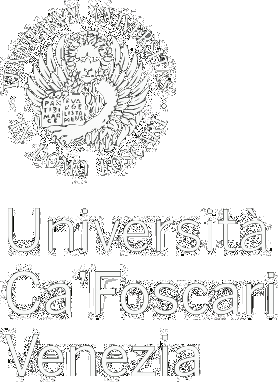Series |
Medieval and Modern Philologies
Volume 33 | Edited book | Pratiche di scrittura e contesti culturali intorno a Marco Polo
Pratiche di scrittura e contesti culturali intorno a Marco Polo
open access | peer reviewed-
edited by
- Marcello Bolognari - Università Ca’ Foscari Venezia, Italia - email
- Antonio Montefusco - Università Ca’ Foscari Venezia, Italia; Université de Lorraine, France - email orcid profile
Abstract
This volume, in ten chapters, interrogates the relationship between Marco Polo, Venice and the Devisement dou monde after his return to the city from Genoese captivity. Since Marco’s book was probably revised and corrected in collaboration with the Dominicans of SS. Giovanni e Paolo, the authors of the chapters seek to define more precisely the cultural framework that made this revision possible and the social and political networks that contributed to it. The early fourteenth century is characterised by major transformations for the city and its protagonists. The connection of these elements into a unified landscape allowed for numerous acquisitions and a new vision.
Keywords Pace da Ferrara • Pilgrimage account • Padova • Translation • Francesco Pipino • Quinsay chapter • Venice • Military • Taxation • Dominican friars • Venezia • Spirituality • Albertino Mussato • Umanesimo italiano • Lexycon • Giovanni e Paolo • Devisement dou monde • Ideology • Dominican Order • Marco Polo • Est-West relations • Hagiography • Chancellary • Yuan dynasty • Manuscripts and text transmission • Indirect tradition • Indian divination • Medieval Venetia • Latin versions • Missions to Asia • Office • Holy Land • Crusades and literature • Political economy • Dominicans • Reality • Thirteenth-century Venice • Institutional structure • SS • Medieval literature • Bonincontro de' Bovi • Public works • Pietro Calò • Public document • Second redaction
Permalink http://doi.org/10.30687/978-88-6969-853-8 | e-ISBN 978-88-6969-853-8 | ISBN (PRINT) 978-88-6969-854-5 | Published April 16, 2025 | Language en, it
Copyright © 2025 Marcello Bolognari, Antonio Montefusco. This is an open-access work distributed under the terms of the Creative Commons Attribution License (CC BY). The use, distribution or reproduction is permitted, provided that the original author(s) and the copyright owner(s) are credited and that the original publication is cited, in accordance with accepted academic practice. The license allows for commercial use. No use, distribution or reproduction is permitted which does not comply with these terms.
- Marco Polo, a Venetian Education
- April 16, 2025
- Milione Z. Fenomenologia di una redazione ‘riveduta e ampliata’ del libro di Marco Polo
- April 16, 2025
- The De Locis Terre Sancte by Francesco Pipino, Translator of the Devisement dou monde
- April 16, 2025
-
From Venice to Asia and Back
Exoticisms and Xenisms in the Latin Versions Z, P and L of the Devisement dou monde - April 16, 2025
-
Appendix
Census of the Manuscripts of the Devisement dou monde - April 16, 2025





